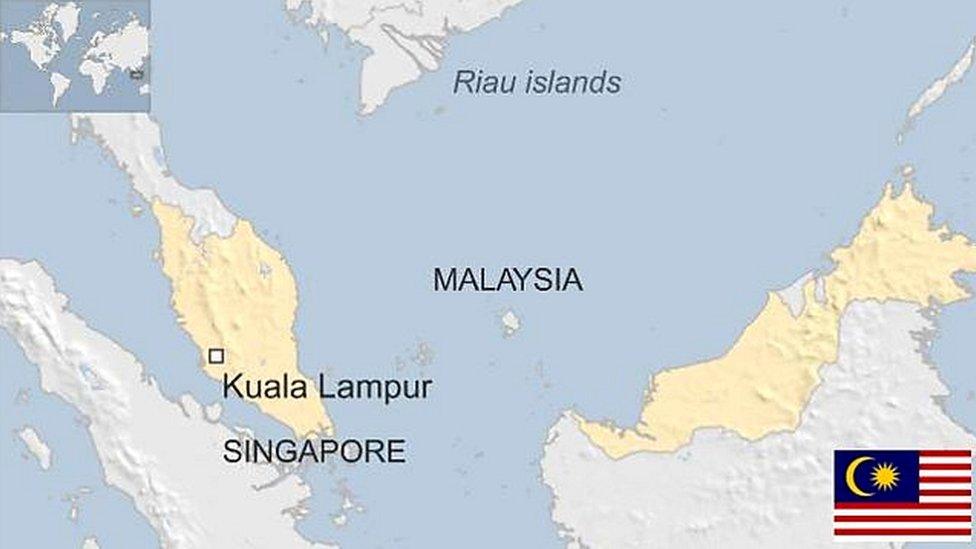Vietnam country profile
- Published
This page is no longer being updated. It was last updated on 23 October 2024

Vietnam, a one-party Communist state, has been one of south-east Asia's fastest-growing economies. It has been a unified country since 1975, when the armed forces of the Communist north seized the south.
This followed three decades of bitter wars, in which the Communists fought first against the colonial power France, then against South Vietnam and its US backers. In its latter stages, the conflict held the attention of the world.
Alongside its economic growth, Vietnam is also beset by high levels of corruption, political censorship and a poor record on human rights.
Amid the current rivalry between China and the US in South East Asia, Vietnam continues to pursue a careful balancing act by forging close ties with both sides.
Read more country profiles, external - Profiles by BBC Monitoring, external
SOCIALIST REPUBLIC OF VIETNAM: FACTS
Capital: Hanoi
Area: 331,699 sq km
Population: 100.3 million
Language: Vietnamese
Life expectancy: 71 years (men) 79 years (women)
LEADER
President: Luong Cuong

Vietnam's parliament elected military general Luong Cuong as president in October 2024. He became Vietnam's fourth president in three years, following a period of rare political turmoil in the country.
Cuong was elected to replace To Lam, who remained president even after he was formally appointed as the general secretary of the ruling Communist Party in August 2024.
The role of the general secretary is the most powerful position in Vietnam while the presidency is mostly ceremonial and involves meeting foreign dignitaries.
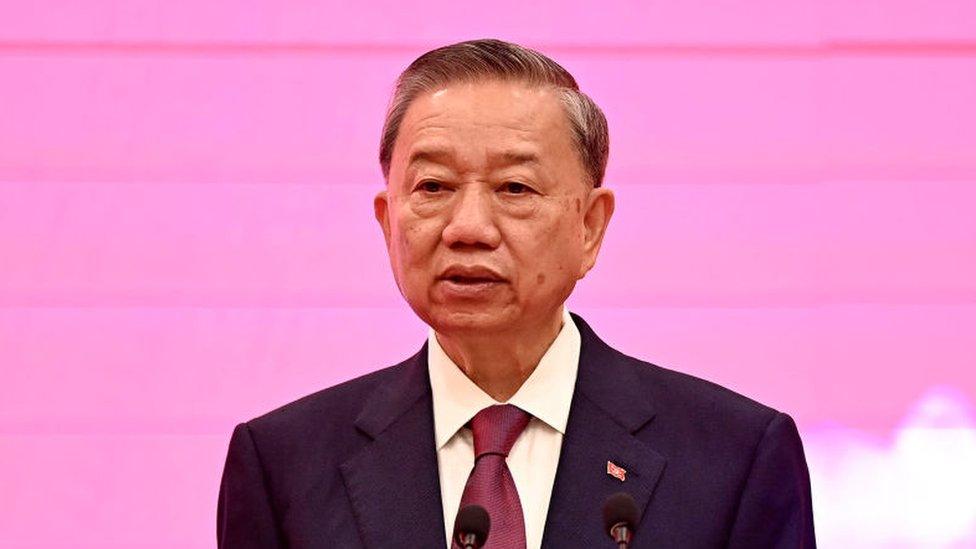
To Lam became general secretary - Vietnam's most powerful politician - in August 2024
Cuong has said he will conduct foreign policies that sought independence and peace and to promote Vietnam "as a friend, a trusted partner, an active and responsible member of the international community".
Cuong's appointment took place after months of uncharacteristic tumult in Vietnam's politics, as well as the death of former general secretary Nguyen Phu Trong, who had dominated the country's leadership since 2011.
Trong had been seen as one of Vietnam's most powerful leaders in decades. Besides overseeing Vietnam's supercharged economic growth, he was also known for his "blazing furnaces" anti-corruption campaign which has seen thousands of officials charged.
MEDIA
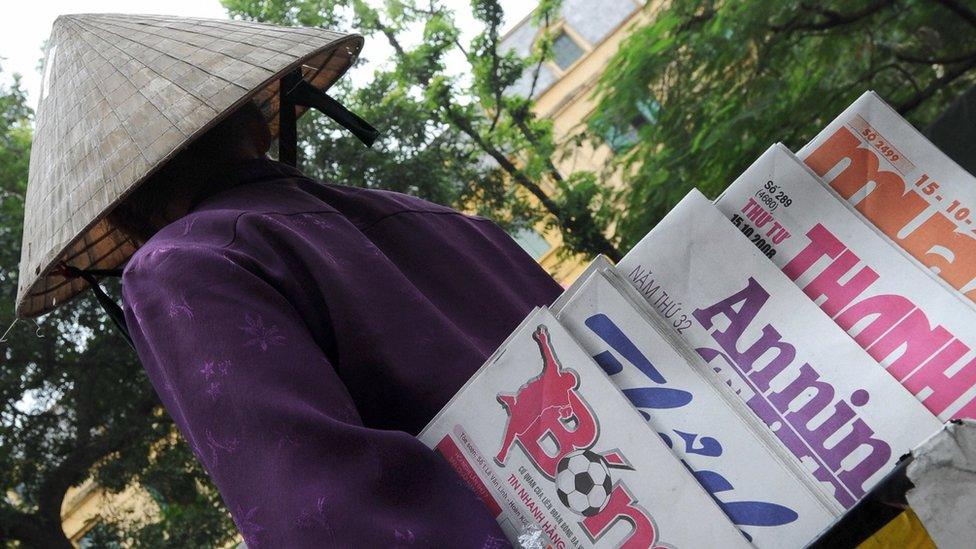
The Communist Party has a strong grip on the media.
Media outlets and journalists risk sanctions and arrest for broaching sensitive topics and for criticising the government.
Online content deemed to threaten Communist rule is blocked.
TIMELINE

Ho Chi Minh (pictured in 1951) led the resistance against French colonial rule in the First Indochina War
Some key dates in Vietnam's history:
1859-83 - France slowly colonises Indochina.
1940 - Japan takes control of Indochina.
1945 - The Viet Minh seizes power. Ho Chi Minh proclaims independence and establishes the Democratic Republic of Vietnam.
1946 - French forces attack Viet Minh in Haiphong in November, sparking the war of resistance against the colonial power.
1950 - Democratic Republic of Vietnam is recognised by China and USSR.
1953-54 - Viet Minh forces attack and eventually capture a key isolated French military base in the town of Dien Bien Phu after a seven-week battle. The battle effectively spells the end of France's field army in Vietnam. During the siege the French government agrees to peace talks in Geneva.
1954 - Vietnam is split into North and South at the Geneva conference.
1956 - South Vietnamese President Ngo Dinh Diem begins campaign against political dissidents. Conflict between the two rival states rages for the next two decades, in what is known as the Vietnam War or the Second Indochina War. The US becomes heavily involved in support of the South.
1964 - Gulf of Tonkin incident: the US says North Vietnamese patrol boats fired on two US Navy destroyers. US Congress approves Gulf of Tonkin Resolution, authorising military action in region.
1965 - 200,000 American combat troops arrive in South Vietnam.
1966 - US troop numbers in Vietnam rise to 400,000, then to 500,000 by 1967.
1968 - Tet Offensive - a combined assault by Viet Cong and the North Vietnamese army on US positions - begins.
1969 - Ho Chi Minh dies. President Nixon begins to reduce US ground troops in Vietnam as domestic public opposition to the war grows.
1973 - Ceasefire agreement in Paris, US troop pull-out completed by March.
1975 - North Vietnamese troops invade South Vietnam and take control of the whole country after South Vietnamese President Duong Van Minh surrenders.
1976 - Vietnam is reunified as the Socialist Republic of Vietnam. Hundreds of thousands flee abroad, including many "boat people".
1979 - Vietnam invades Cambodia and ousts the Khmer Rouge regime of Pol Pot. In response, Chinese troops cross Vietnam's northern border. They are pushed back by Vietnamese forces.
1986 - Nguyen Van Linh becomes party leader. He introduces a more liberal economic policy.
1989 - Vietnamese troops withdraw from Cambodia.
1994 - US lifts its 30-year trade embargo.
1995 - Vietnam and US restore full diplomatic relations. Vietnam becomes full member of Association of Southeast Asian Nations (Asean).
2000 - US President Bill Clinton pays a three-day official visit.
2001 - US and Vietnam implement a trade agreement which normalises the trade status between them.
2002 - Russia hands back the Cam Ranh Bay naval base, once the largest Soviet base outside the Warsaw Pact.
2004 - First US commercial flight since the end of the Vietnam War touches down in Ho Chi Minh City.
2007 - Vietnam joins the World Trade Organization.
2011 - Vietnam begins joint operation with the United States to clean up contamination from the toxic Agent Orange defoliant widely used by the US military during the Vietnam war. China and Vietnam sign an agreement to manage the South China Sea dispute
2014 - State media for first time marks anniversary of South Vietnam's 1974 clash with China over Paracel Islands, in sign of growing tension over Chinese intentions in the area.
2016 - US lifts long-standing ban on selling weapons to Vietnam.
2024 - Vietnam rocked by $44bn fraud scandal. Billionaire property develop Truong My Lan is sentenced to death for looting one of the country's largest banks over a period of 11 years.
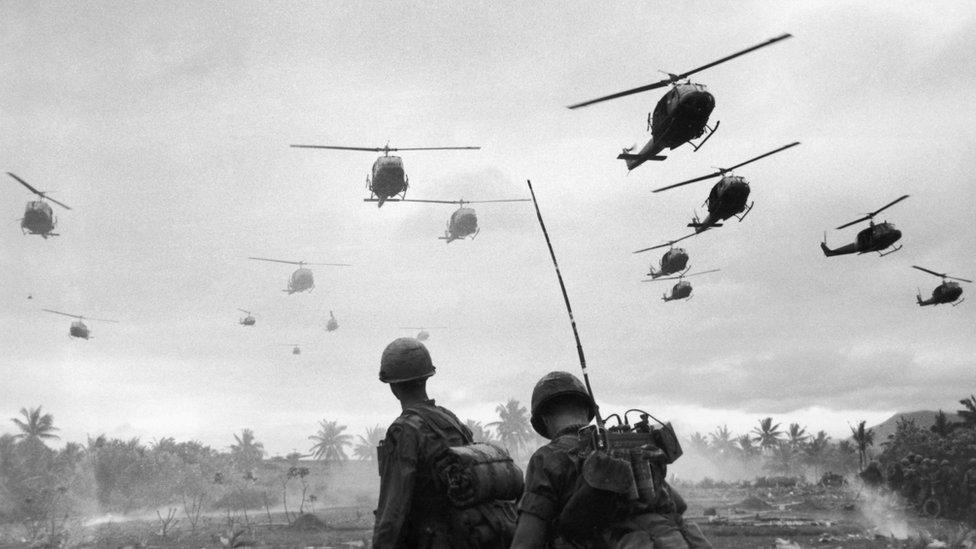
Hundreds of thousands of US troops were sent to Vietnam
Related topics
- Published16 August 2024
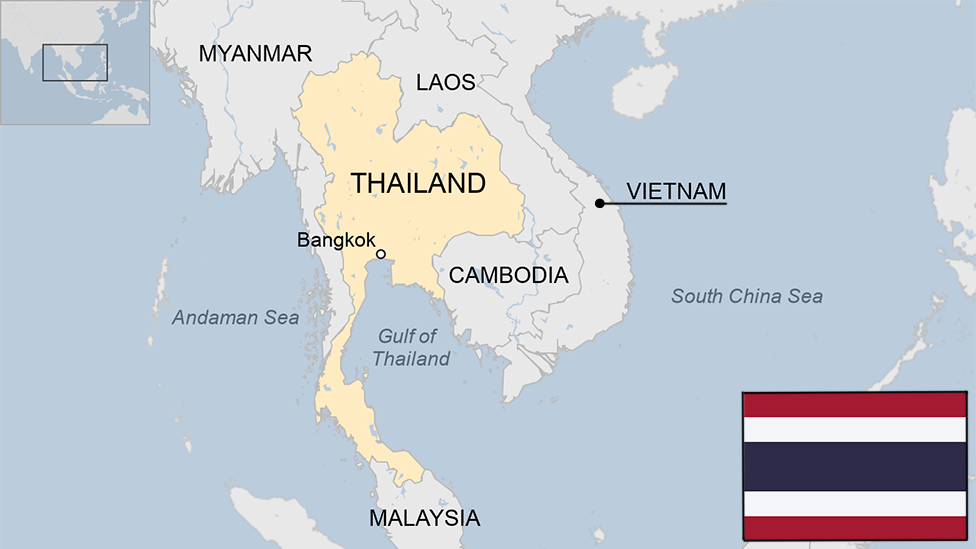
- Published22 August 2023
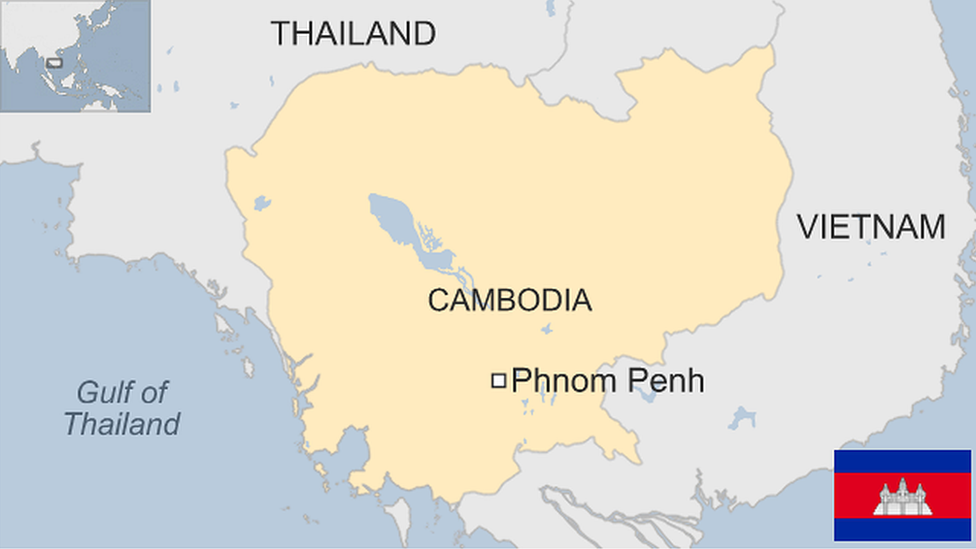
- Published18 April 2023
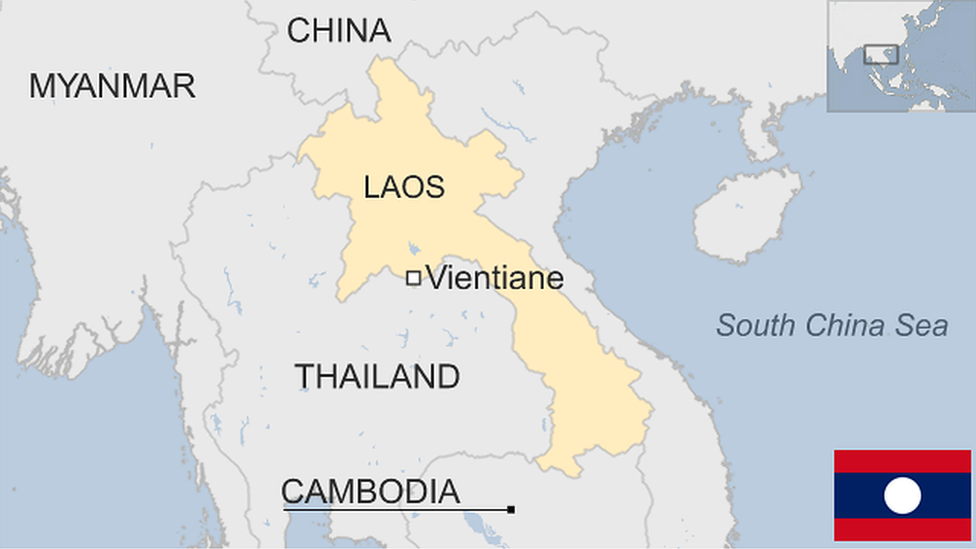
- Published25 August 2023

- Published5 July 2023
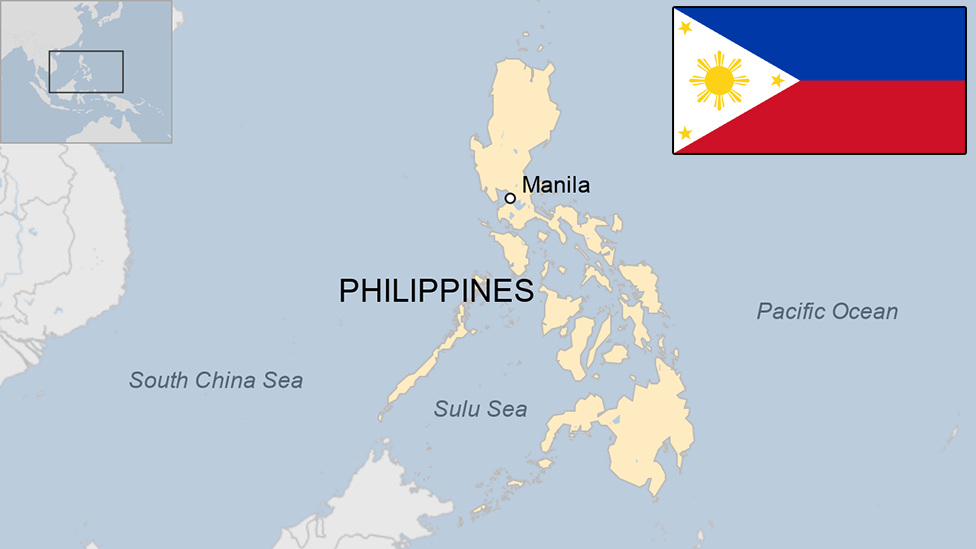
- Published24 February 2023
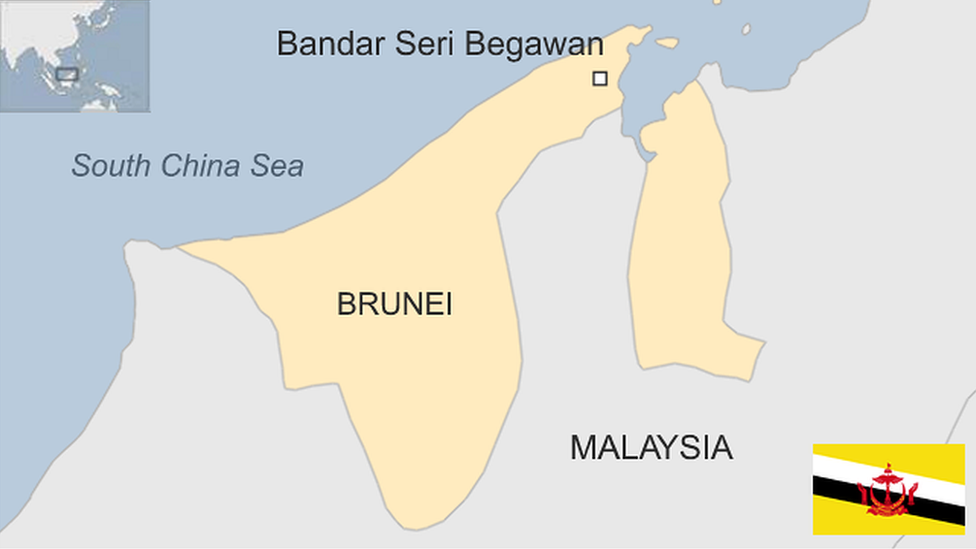
- Published19 May 2023
